Close encounters of the 3D kind
Advanced microscopes developed by UT Southwestern scientists propel discoveries.
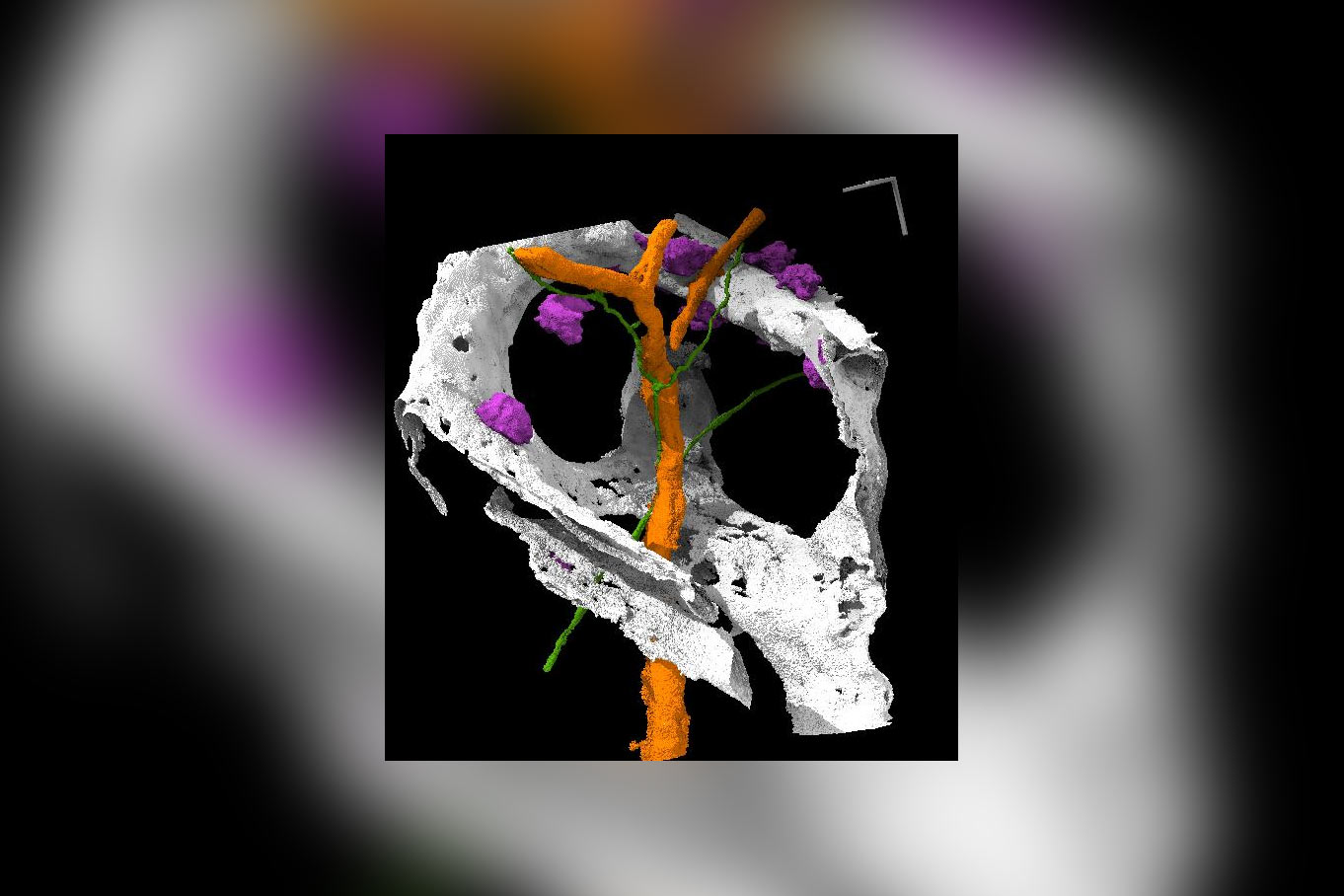
Scientists trying to see small features in large tissue samples know it’s a time-consuming, often frustrating task. First, samples must be treated chemically to clear lipids and other image-blurring substances. Next, it takes several days on a slow, laser-scanning confocal microscope to get images that reveal only two of three possible dimensions.
Getting clearer images faster is the goal of UT Southwestern’s Microscopy Innovation Laboratory, established in 2018, which develops custom instruments by leveraging advances in light microscopy to meet the special needs of researchers on campus.
“Many investigators told us that there was a real need on campus to image these types of samples, but none of our microscopes were optimized to handle the task,” says Dr. Kevin Dean, Assistant Professor of Cell Biology and Director of the Microscopy Innovation Laboratory. “So we developed a microscope that could image large, chemically cleared samples with great resolution throughout the entire volume – in all three dimensions.”
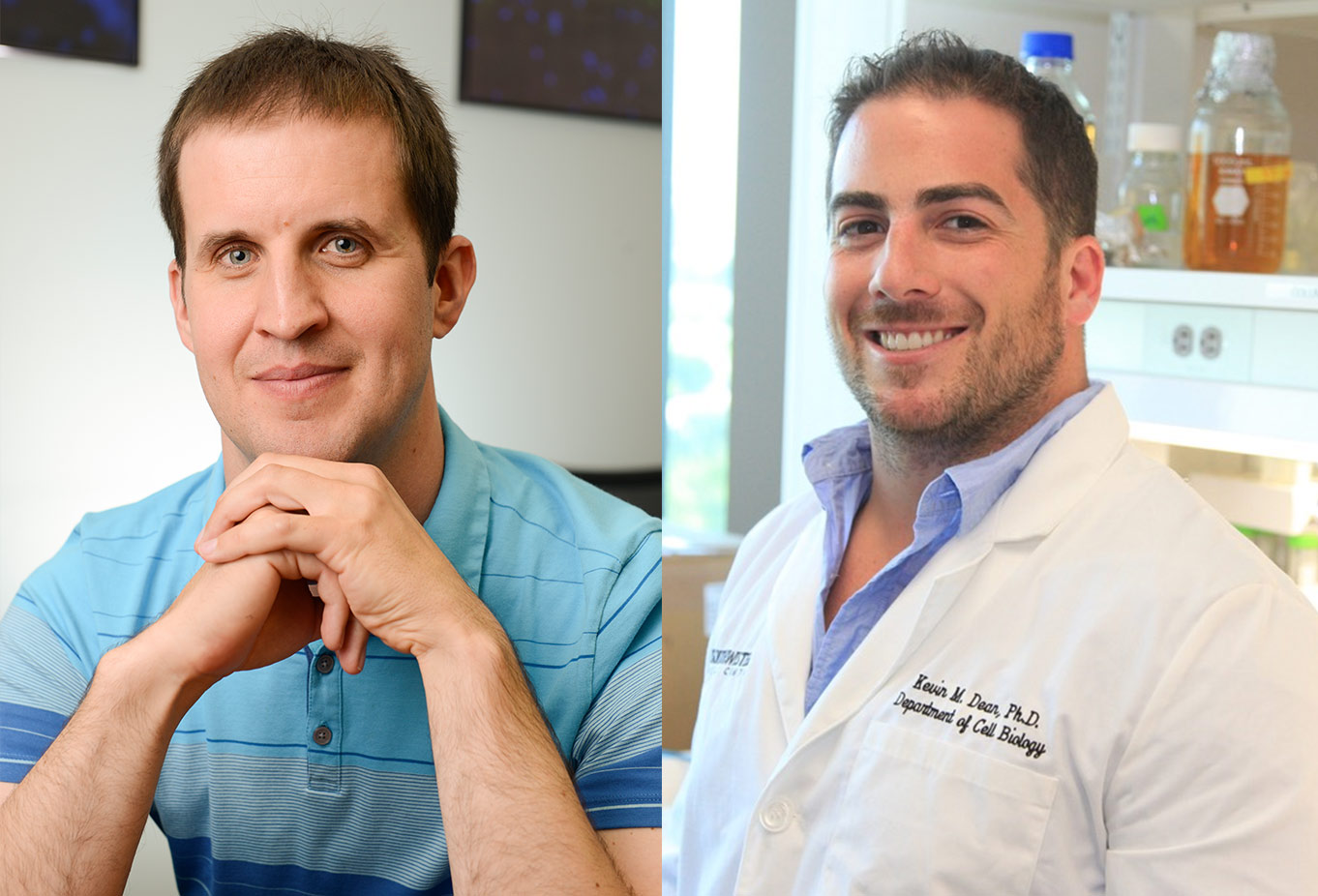
A UTSW research team that includes Dr. Dean and Dr. Reto Fiolka, Assistant Professor of Cell Biology and in the Lyda Hill Department of Bioinformatics, developed a 3D light-sheet fluorescence microscope (LSFM) and a specialized technique to achieve the highest resolution of its type. The machine can image large structures – like a mouse brain – in tissues that are chemically treated to be nearly transparent. Imaging time is reduced from weeks to hours.
Their system is known as cleared-tissue axially swept light-sheet microscopy (ctASLM).
Benefits of a super microscopic view
The ability to view smaller specimens with greater clarity will improve our understanding of biological processes and aid the search for potential treatments, the researchers say.
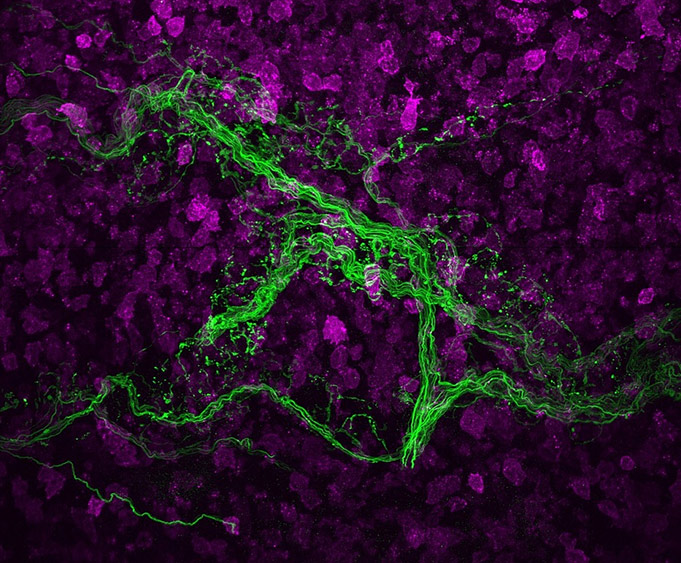
Using ctASLM, Dr. Julian Meeks was able to visualize how mouse neurons are activated in response to specific smells. The Adjunct Associate Professor of Neuroscience with a secondary appointment in Neurology and Neurotherapeutics says that light-sheet microscopy helped his team determine how neurons in the olfactory system extract information from the complicated blends of odors that animals encounter each day. These cues, in turn, strongly influence social and reproductive behaviors in mice, including territorial aggression, mating, maternal behavior, and predator avoidance, he explains.
Compared with other types of microscopes used in cleared-tissue imaging, ctASLM has the world’s highest resolution along the important z axis, or the third dimension commonly called depth, and overcomes many other challenges, Dr. Dean says. They have now developed two generations of the system. Cleared-tissue microscopy involves chemically treating specimens to remove pigments and fat that usually limit the viewing depth.
“We combined a very unique laser scanning mechanism with a specialized detection format. Together, they allow us to optically decouple the field of view from the z-resolution. Usually, if there is a large field of view to image, you have very bad z-resolution,” Dr. Dean says. “We essentially increase the field of view about 800 times without altering the z-resolution.”
Drs. Fiolka and Dean are known for developing advanced microscopes for colleagues who need help solving specific scientific puzzles. They are also corresponding authors of a study published last year in Nature Methods that details their achievement of cleared-tissue LSFM at subcellular resolution, which allowed visualization of structures inside the cell. Dr. Dean says the project began in 2015 when Dr. Fiolka thought of a way to use a tunable lens to increase the field of view in light-sheet microscopy.
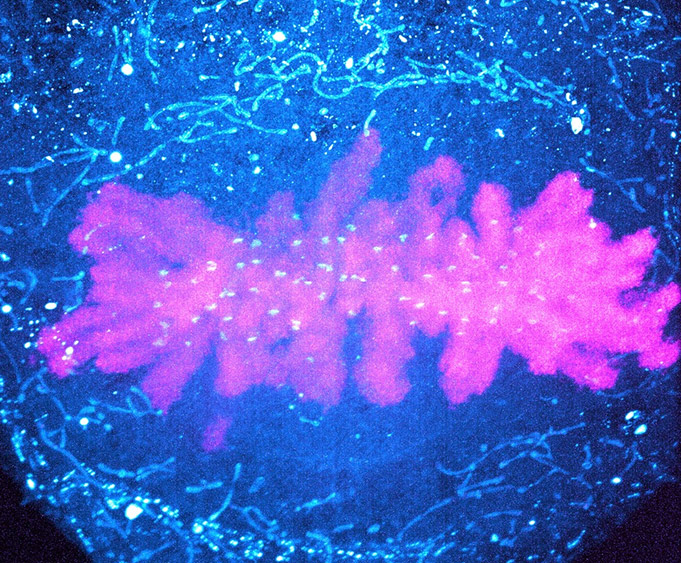
“By chemically clearing a tissue or an organ, the depth over which an optical microscope can deliver a sharp image is dramatically increased. However, imaging with subcellular resolution had remained out of reach,” says Dr. Fiolka. “In this research, we developed a microscope that can image large specimens like an entire mouse brain or kidney with high resolution, irrespective of the clearing protocol.”
Cells are inherently complex, three-dimensional structures sensitive to their native tissue microenvironment. However, because visible light scatters strongly in tissues, high-resolution imaging was only possible at shallow depths, the researchers say. As a result, cutting thin tissue slices for viewing under a microscope was the traditional choice among researchers for decades, a time-consuming, destructive process that often altered tissue anatomy, they explain.
A transparency advantage
“Cleared-tissue microscopy is an emerging technique that can render tissues, and oftentimes entire organs, optically transparent. This results in less light scattering and hence the ability to probe deeper inside the tissue,” Dr. Fiolka says, adding that researchers can choose from different chemical treatments based upon the biological problem they are trying to solve.
“This represents a significant improvement in axial resolution over many other cleared-tissue light-sheet microscopes.”
— Dr. Reto Fiolka
Dr. Dean says LSFM technology has struggled with some fundamental limitations. These limitations include an inability to see detail in the third dimension, a limited refractive range in which the microscope operates, and restrictions on the size of the sample that could be imaged. These restrictions led to laboratories developing specialized microscopes, each working with only one kind of tissue-clearing method.
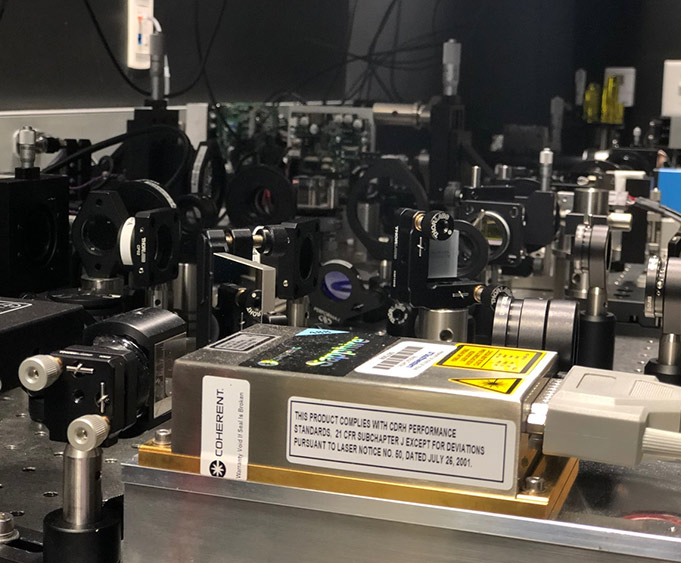
The microscope developed at UT Southwestern can be used with all current cell-clearing protocols and achieves the same spatial resolution in all directions. In addition, it can be used for visualizing samples that range in size from 300 nanometers (about 500 times smaller than the width of a hair) to several millimeters.
“This represents a significant improvement in axial resolution over many other cleared-tissue light-sheet microscopes,” Dr. Fiolka says.
“Owing to its high speed, our microscope can image specimens within hours that previously required days or weeks of imaging time. The high resolution provided by our microscope allows for the automatic detection of synapses in the mouse brain, which is of immediate interest for efforts to decipher the wiring of the brain,” Dr. Dean says.
A patent on the system has been allowed by the U.S. Patent and Trademark Office and should issue in the next few months. Dr. Dean adds that both generations of the recently developed instruments are in the Microscopy Innovation Lab and available for use by campus researchers.
“If an investigator wants to have their own instrument that they can use full time to view individual cells, synaptic spines, or cell-cell interactions, we can also build one for them, if they buy the parts,“ he says.

